Garden Food Chain Activity for Kids
If you take a close peek at the garden it’s amazing the connection that you can find, the webs and chains that start to appear. This fantastic simple science activity to explore the food chains in the garden is great for kids and we have a brilliant book connected with it to share with you too. So here you go a great Garden Food Chain Activity for Kids.
What is a Food Chain?
A food chain is literally a chain of living things where each link depends on the next for a source of food. An example of a food chain is sunflower – sunflower seed – mouse – hawk. A food web is when you combine the food chains in an ecosystem linking them by their interconnections.
Book Connection Secrets of the Garden: Food Chains and the Food Web in Our Backyard
We have included affiliate links to some of the products and resources as an associate we may earn from qualifying purchases.
I love a good picture book that mixes a story and science facts. Secrets of the Garden: Food Chains and the Food Web in Our Backyard does just that. A family that loves to garden does their spring planting. Throughout the summer, the children begin to notice food chains or relationships between “who is eating who” in the garden. Throughout the story, a pair of clever chickens give little factoids from composting to photosynthesis.
Observing Food Chains in your Garden
After reading Secrets of the Garden, head outdoors to your own garden, a nearby flower bed, or park.
Sit still! The longer you look, the more you will notice!
What do you see? An insect? A spider web? Evidence that a larger animal has been nearby? How can you use this new information to understand the food chains in this place?
I often find insects I have never noticed before in my garden. When I spot them, the first thing I do is try to identify them. You can identify yours too! You just need to find a field guide for your area. Some guides can even help you identify garden insects specifically. We’ve put together some guides below that may help you.
Useful Identification Guides for Kids and You
Once you know what the insect or creature is, you can begin to understand what it eats, what eats it, and what may depend on it.
In the garden, I specifically want to know, how will having this insect in the garden affect my flowers and vegetables?
Everything in nature is part of an even bigger food web. As the chickens describe in Secrets of the Garden, food webs can be very complicated, but also fascinating. When you grow a garden, you are part of a much bigger food web!
You can take your observations from your garden, or the examples in the book and create your own food chains and web.
Let’s use some examples from the story. The most simple food chain is: “lettuce-rabbit (eats lettuce)”. A more complicated example is: “potato-potato beetle (eats leaves)-spider (eats beetle)-robin (eats spider)”. These plants and animals are all parts of other food chains too!
Once you start to list your food chains, you can begin to make a paper version.
Creating your Own Food Chain
There are lots of different ways that you can represent food chains – have a look at this food chain with toys activity from Science Sparks for an Alternative version. This one though we are using Paper Chains to create a food chain and web that shows the interconnection between the creatures in the garden.
Materials needed to create your paper chain version of the Garden Food Chains
How to make your garden food chains
Using some strips of paper, begin to make a paper chain to represent the food chains in your garden or in the story.
Once you have a bunch of chains, link similar plants or animals to form a web.
I saw that in my food chains more than one chain had lettuce, and more than one had caterpillars. So I linked those.
I’ve only just begun to build my web, how big can you make yours?
Where else can you find food chains and webs?
More Food Chain Activities for Kids

Why not explore a different ecosystem and create a polar bear food chain with our free printables to go with the activity.
More Garden Science Activities for Kids
Your garden is a great place to do some simple science activities with the kids why not have a go at some of these as well.
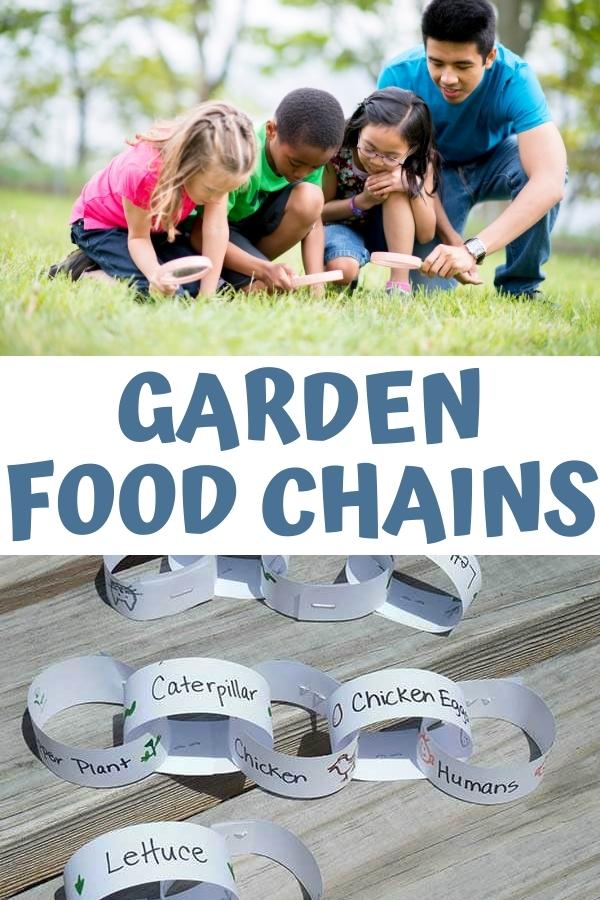

Sarah from Share it! Science
Sarah Benton Feitlinger, M.Ed. is a former Preschool-6th science teacher, mom, blogger and science writer, curriculum consultant and developer.
She is passionate about educating children, and loves anything and everything science!
Check out her blog, Share it! Science for fun science, STEM and STEAM activities, lessons, science news, book reviews and other resources for kids, teachers, homeschoolers and parents.
You can follow Share it! Science on social media: Facebook, Twitter, and Pinterest.


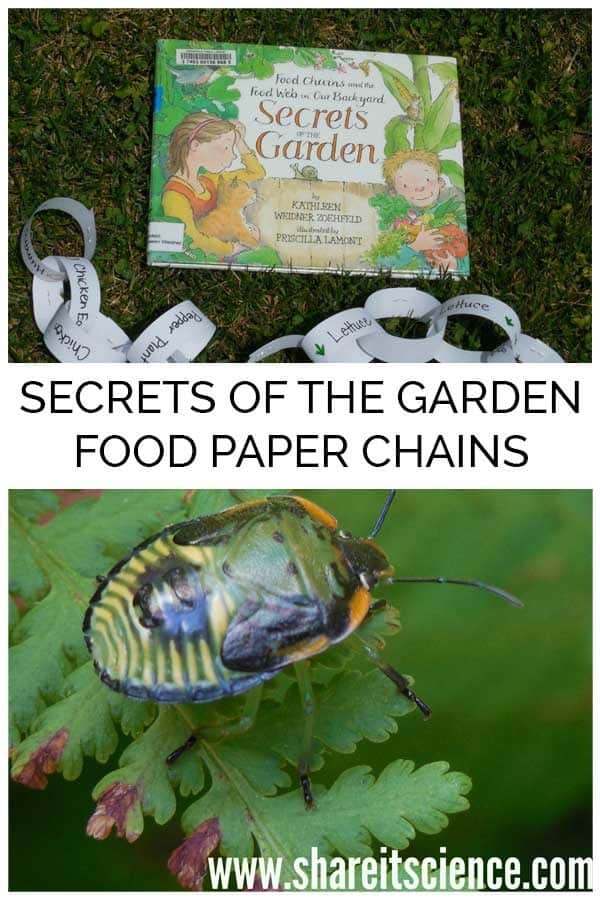
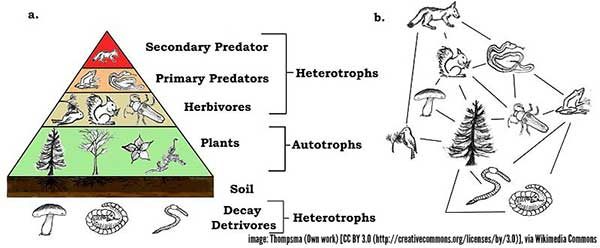
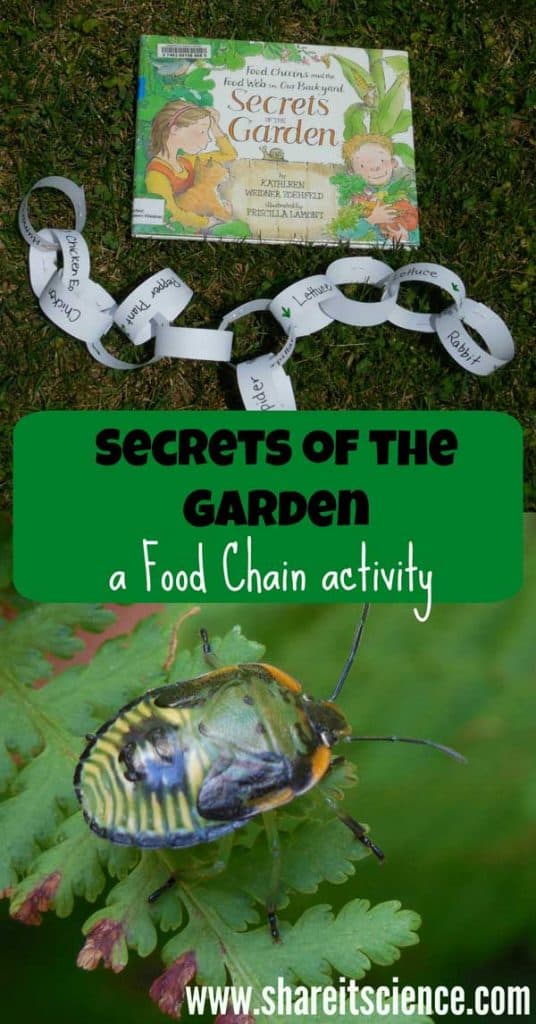
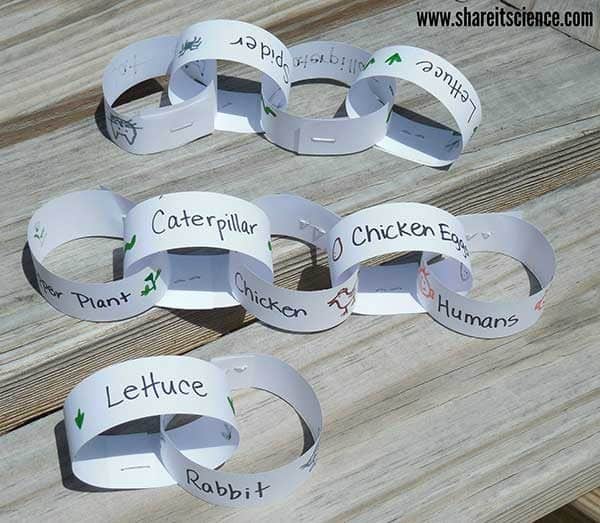

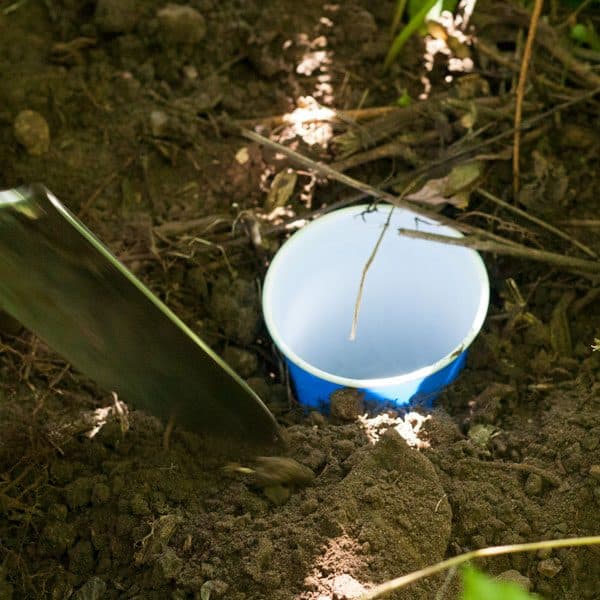
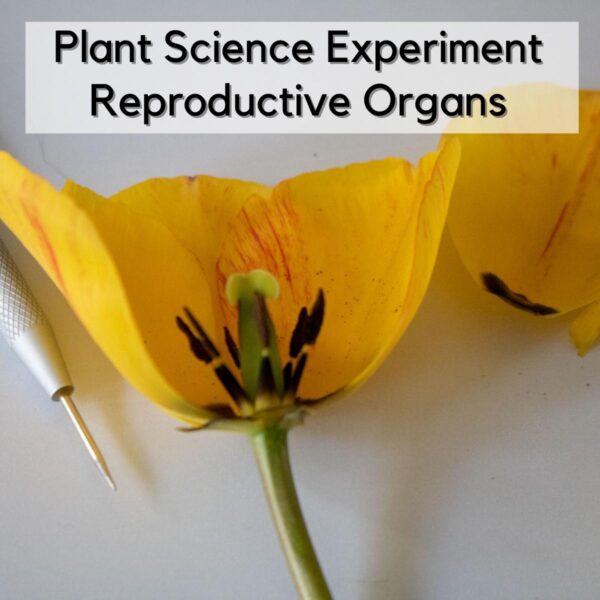

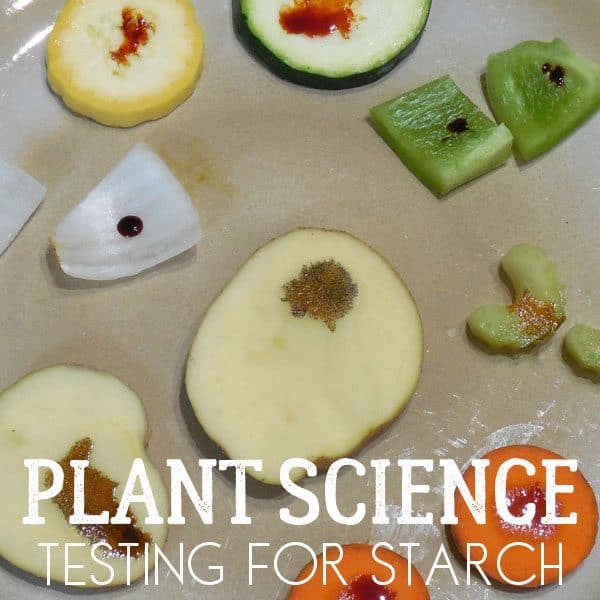
I made the paper chain with my boy last Saturday and he absolutely loved it. He wanted to learn more about food chains now and can’t stop talking about the worms and frogs in our garden. I guess we’ll be doing more paper chains in the coming days. What a good way to keep children entertained and educated in the process. Thank you for sharing this, Sarah.